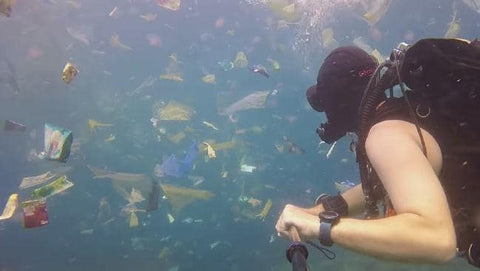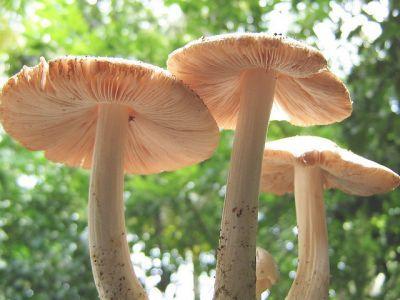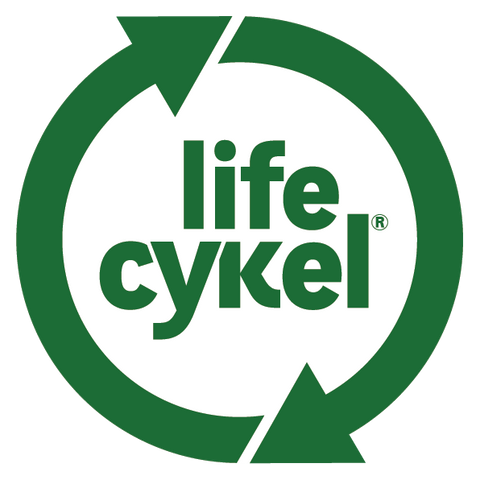Mushrooms may be the answer to the Plastic Pollution
The discovery of plastic eating mushrooms, an Amazonian fungus called Pestalotiopsis Microspora, might offer a solution to plastic pollution. Every year enough plastic is thrown away to circle the earth four times. Ending up in landfills and oceans, polyurethane (PU) based plastics take 500-1000 years to degrade – but there is hope that we might not have to wait that long.

Previously known in Argentina and Japan to cause leaf spot on common ivy and shrubs, a team of Yale student researchers visiting the Yasuni National Forest in the Amazon first noticed that this particular fungus can survive solely on polyurethane in an anaerobic environment. The combination of these two factors resulted in the hypothesis that it is possible to use the plastic eating mushrooms deep inside landfills where little to no oxygen is present. The fungi use the polyurethane as a carbon source enabling them to grow and degrade polyurethane at the same time.

The researchers at Yale have been hard at work testing this theory by growing large amounts of the mushrooms to isolate their digestive enzymes. The liquid enzymes are then applied to large quantities of plastic to begin their breakdown.
So why no action?
While there have been plenty of encouraging trials at university level there seems to be no progress or support in the commercial world. This is a clear opportunity for those interested in helping to rid the planet of plastic suffocation by looking further into the technical aspects of this and starting an enterprise that can be both commercially viable world changing.
If you are someone who wants to help take care of this man-made plastic disaster by using fungi to remediate plastic feel free to get in touch or refer a friend who may be that person.
How can each of us take action?
- Use a reusable water bottle/keep cup.
- Carry a canvas bag for shopping.
- Use paper folders.
- No plastic cutlery or straws.
- Stop chewing gum (it contains plastic)
- Pick up litter especially near beaches, waterways and shorelines.
Other studies have proved that some fungi can degrade plastic composite such as:
Study published in Applied and Environmental Microbiology scientific Journal in July 2007. University of Manchester. Fungal Communities Associated with Degradation of Polyester Polyurethane in soil
Cosgrove, L., P. L. McGeechan, G. D. Robson, and P. S. Handley. 2007. Fungal communities associated with degradation of polyester polyurethane in soil. Appl. Environ. Microbiol. 73:5817–5824.
Crabbe, J. R., J. R. Campbell, L. Thompson, S. L. Walz, and W. W. Schultz. 1994. Biodegradation of a colloidal ester-based polyurethane by soil fungi. Int. Biodeterior. Biodegrad. 33:103–113
Darby, R. T., and A. T. Kaplan. 1968. Fungal susceptibility of polyurethanes. Appl. Microbiol. 16:900–905
Pathirana, R. A., and K. J. Seal. 1984. Studies on polyurethane deteriorating fungi. Int. Biodeterior. Biodegrad. 20:163–168.





Comments (0)
There are no comments for this article. Be the first one to leave a message!